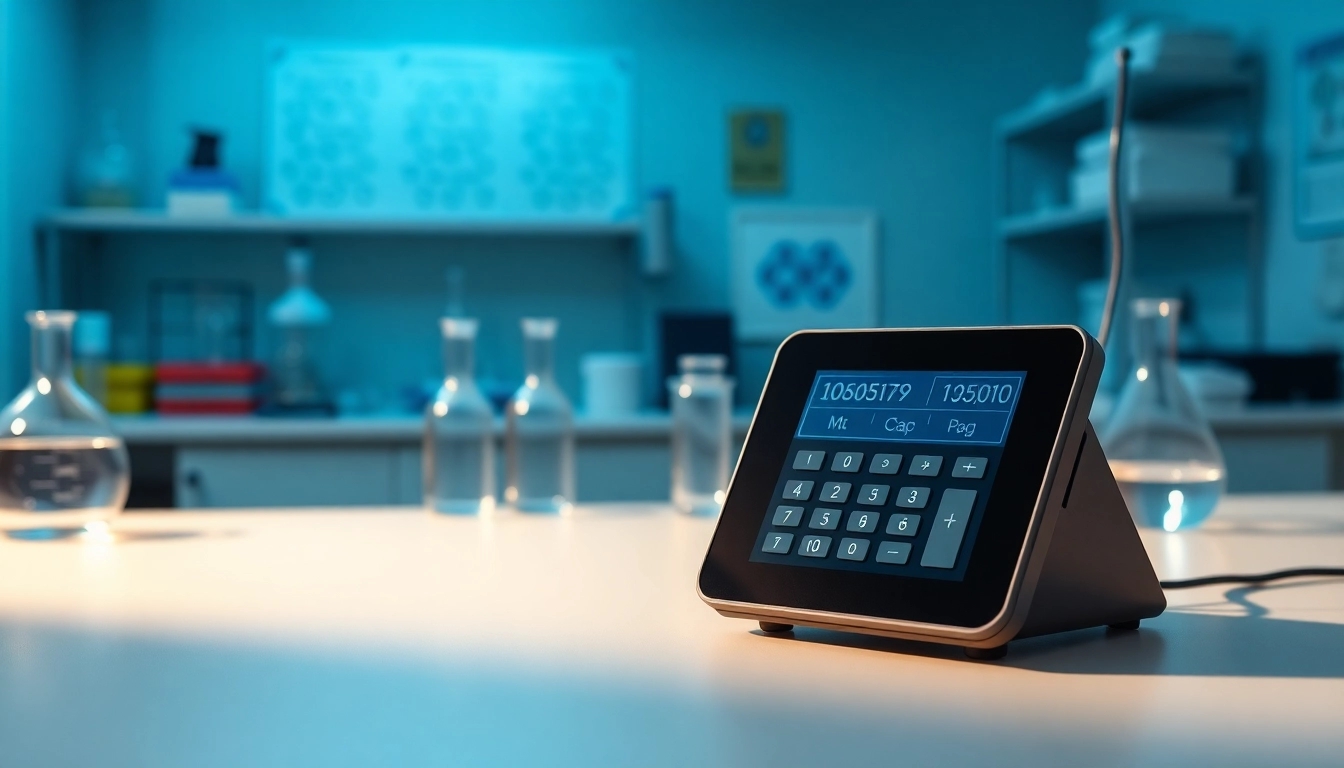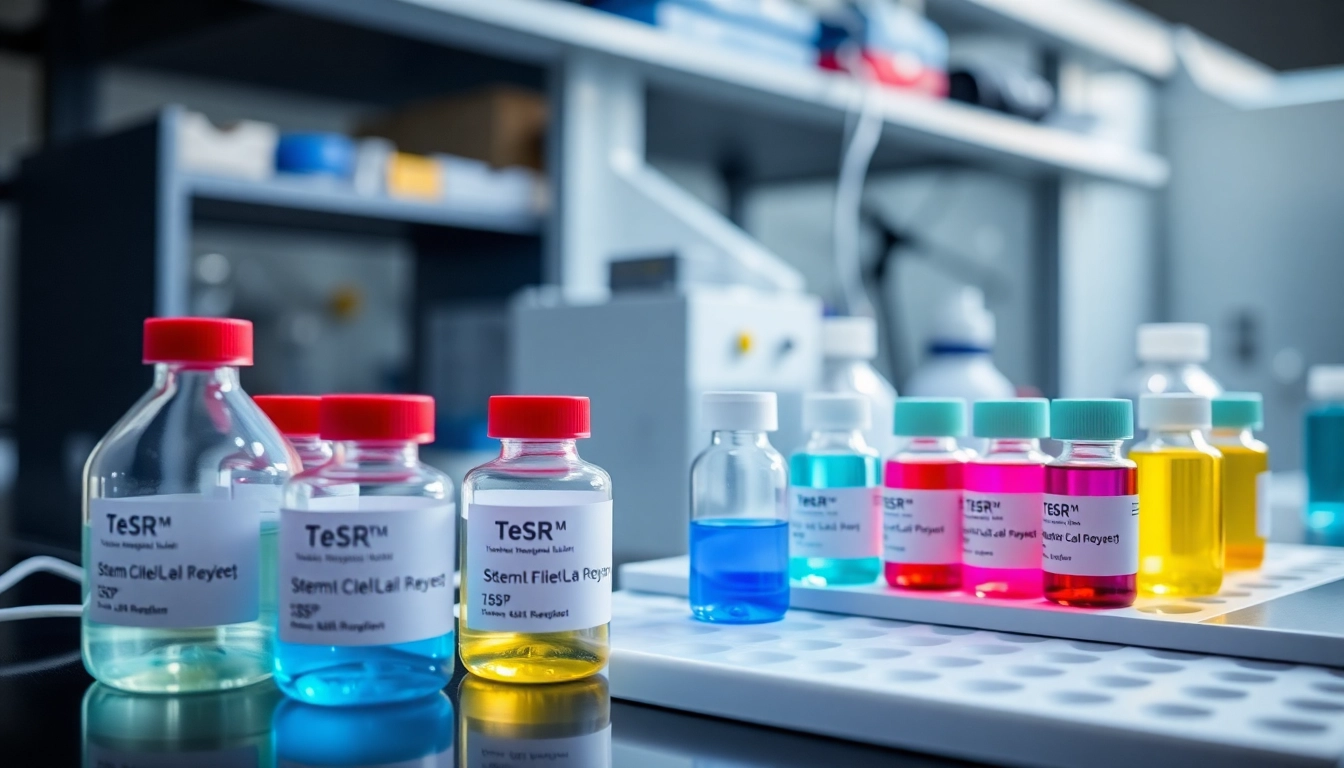Understanding Molarity
Definition and Importance of Molarity
Molarity is a key concept in chemistry that expresses the concentration of a solution. Specifically, it measures the number of moles of solute per liter of solution. In mathematical terms, molarity (M) is defined as:
M = moles of solute / liters of solution
This measurement is vital for various scientific calculations, enabling chemists to prepare solutions accurately and predict how substances will react under different concentrations. Whether you’re working in a laboratory, engaging in research, or simply learning chemistry concepts, understanding molarity is essential for effective solution preparation.
Common Applications in Chemistry
Molarity plays a crucial role in various applications across chemistry and related fields. Here are some common instances:
- Preparation of Solutions: Molarity is used to create solutions with precise concentrations necessary for experiments.
- Titration: This technique relies on accurate molarity calculations to determine the concentration of an unknown solution.
- Biochemical Reactions: Enzyme activity and metabolic processes are affected by the concentration of reactants, necessitating molarity calculations.
- Environmental Chemistry: Understanding pollutant concentrations in water or soil requires molarity for effective analysis.
Units and Conversions in Molarity
Molarity is measured in moles per liter (mol/L). To effectively use molarity in various applications, it’s essential to be adept at conversions between different units:
- From grams to moles: Use the formula:
Moles = Mass (g) / Molecular Weight (g/mol) - From milliliters to liters: Remember that 1000 mL equals 1 L. This conversion is crucial when working with small volumes.
Additionally, it is essential to be familiar with how to convert other concentration units (e.g., molality) to molarity if needed for specific calculations.
How to Use the Molarity Calculator
Step-by-Step Guide for Beginners
Utilizing the Molarity Calculator simplifies the process of determining solution concentrations. Here’s a step-by-step guide:
- Select Desired Calculation: The calculator typically allows for various calculations, including finding molarity, mass, or volume.
- Input Required Values: Depending on the calculation, input either the mass of the solute (in grams), the volume of the solution (in liters or milliliters), or the molarity.
- Enter Molecular Weight: Most calculators require the molecular weight of the solute, which can typically be found on the chemical’s packaging or relevant databases.
- Calculate: Hit the calculate button to get the desired result; the calculator will output the answer based on the parameters you’ve set.
Advanced Features of the Molarity Calculator
Some molarity calculators offer advanced features for more complex calculations, such as:
- Multiple Solutes: Ability to calculate molarity for mixtures containing more than one solute.
- Dilution Calculations: Features to help determine how to dilute a concentrated solution to a desired molarity.
- Graphical Representations: Visual aids that illustrate concentration gradients or changes in volume across different experiments.
Tips for Accurate Calculations
To achieve accurate molarity calculations:
- Precision in Measurements: Ensure all measurements of mass and volume are precise and utilize calibrated equipment.
- Double-Check Values: Confirm molecular weights and volumes on reliable sources.
- Understand Dilutions: Make sure to understand how diluting a solution affects its molarity, as this is often a common area of confusion.
Real-World Examples of Molarity Calculations
Preparing Solutions in a Laboratory Setting
In laboratory settings, preparing a solution with the correct molarity often serves as a foundation for a wide range of experiments. For example, if a chemist needs to prepare a 0.5 M solution of sodium chloride (NaCl) in a volumetric flask, they could follow these steps:
- Calculate the required grams of NaCl using the formula: grams = molarity × volume (L) × molecular weight (g/mol).
- For a 0.5 M solution in 1 L, this equates to:
Grams = 0.5 moles/L × 1 L × 58.44 g/mol = 29.22 grams of NaCl. - Weigh out the 29.22 grams of NaCl and dissolve it in a small volume of distilled water in the flask.
- Add water until the total volume is 1 L, ensuring thorough mixing.
Molarity Calculations in Pharmaceuticals
Molarity calculations in pharmaceuticals are critical, especially in medication dosage formulations. For instance, if a pharmaceutical scientist needs to prepare a drug solution of a specific concentration:
- If a drug needs to be administered at a dosage of 5 mg/mL and the molecular weight is 250 g/mol, the molarity would be calculated as:
5 mg/mL = 0.005 g/mL, leading to 0.005 g/mL / 250 g/mol = 0.00002 M = 20 µM. - This calculation ensures that the drug is delivered in a safe and effective concentration for patients.
Case Studies: Successful Applications in Research
Research often relies on precise molarity calculations to validate hypotheses. For instance:
- Environmental Studies: Researchers may study the effects of a particular pollutant at varying concentrations on aquatic ecosystems, utilizing molarity to determine the impact on living organisms.
- Pharmaceutical Development: During drug trials, precise control of molarity ensures that bioactive compounds exert their effects accurately, enabling robust findings.
Best Practices for Working with Molarity
Common Mistakes to Avoid
Despite being a fundamental concept, many individuals make common mistakes regarding molarity, such as:
- Ignoring Temperature Effects: Remember that solutions can change in volume with temperature changes, affecting molarity.
- Miscalculating Dilutions: Always recalculate concentrations when diluting; it’s crucial not to assume the original concentration will remain unchanged.
Safety Measures in Chemical Handling
Working with chemicals requires adhering to safety protocols:
- Wear Proper Protective Gear: Always use gloves, goggles, and lab coats to avoid contact with harmful substances.
- Work in Well-Ventilated Areas: Ensure adequate ventilation when dealing with volatile substances to minimize inhalation risks.
Maintaining Accuracy in Calculations
Accuracy is paramount in chemistry to achieve reliable results. Here are some strategies:
- Utilize Consistent Measurement Tools: Use calibrated balances and volumetric measuring tools for accurate data collection.
- Cross-Verify Results: Conduct calculations multiple times and over different methods to ensure consistency.
Supporting Resources for Chemistry Enthusiasts
Additional Tools and References
Besides the Molarity Calculator, various resources can further enhance understanding:
- Online Calculators: There are numerous online platforms available offering specialized calculators for various aspects of chemistry.
- Databases and Protocols: Access chemical databases for molecular weights and other relevant information.
Online Chemistry Communities
Engaging with chemistry communities can provide valuable insights and support. Websites and forums dedicated to chemistry discussions are great places to learn from experts and peers alike.
Books and Courses for Deeper Learning
For those seeking to expand their knowledge, various textbooks and online courses cover the principles of molarity and solutions in-depth, suitable for both beginners and seasoned chemists.



